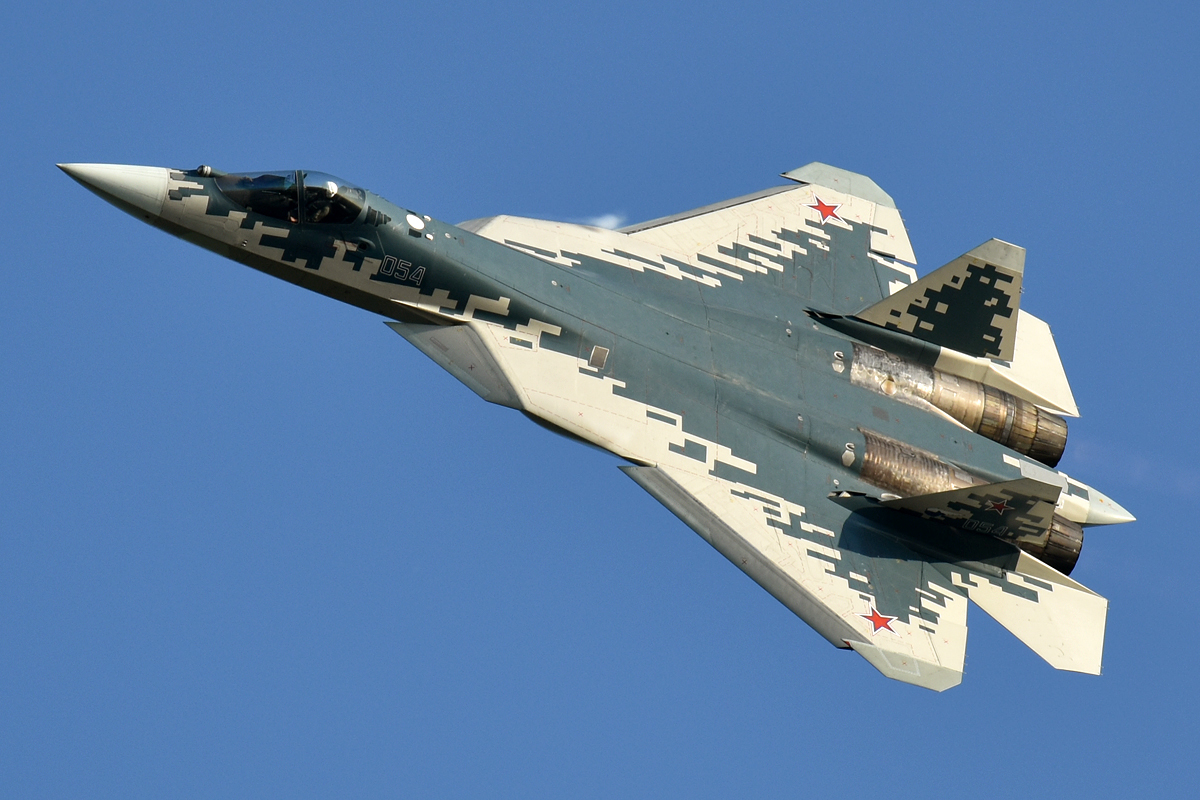With the complete dynamic within the United States shifting with the election of Joe Biden as the 46th President, China is likelier to breathe a sigh of relief now than if President Donald Trump, who has been a constant thorn in their side, was to be re-elected.
With Biden’s ascendency to the throne, there is a higher scope of there being increased cooperation between the two nations than under the Trump administration, thereby also affecting the state of things in India, who has been caught in a potential war-like situation with neighbors China at the Line of Actual Control (LAC) de facto in Eastern Ladakh.
A potential change of policy between Washington and Beijing calls rings a warning bell for India to bolster their defensive options and Modi would be wise to fast-forward their acquisition process of additional modern fighter jets under their proposed Medium Multi-Role Combat Aircraft (MMRCA) 2.0 contract.
Now, with the likes of modern fourth-generation fighter jets like SAAB’s Gripen, Lockheed Martin’s F-16, Eurofighter Typhoons, and Boeing’s F-15 and F-18 Super Hornets thrown into the mix, there is a reason why India should rather take another set towards enhancing their cooperation with Russia and seriously consider the world’s best dogfighter – the Sukhoi Su-35 fighters.
Why The ‘Ultimate War Machine’ – The F-22 Raptors Are Sought By Israel Despite Having The F-35 Jets?
The 4.5 generation Su-35 remains Russia’s best air superiority fighter and a fierce competitor against most of its Western counterparts despite being introduced more than a decade back.
The single-seat, twin-engine, supermaneuverable Su-35 aircraft is the designation for two improved derivatives of the Su-27 air-defense fighter exhibits a number of striking design features that set it apart from other jets under the same bracket.
The fighter is powered by the Saturn AL-41F1S engines which support supercruising or the ability to sustain supersonic flight without the use of afterburners. The canards in the Su-35 are replaced by thrust vectoring nozzles, which enable it to offer impressive maneuverability gains in dogfighting scenarios.
With India already boasting the French Rafales in their squadrons, the Su-35 will add that much-needed steel in the IAF’s dogfighting abilities with a combination of the two fighters proving to be a deadly scenario for any of the Chinese or Pakistani fighter jets.
‘Flying Coffins’: Can Russian-Origin MiG-21 Fighter Jets Be Converted Into Combat Drones?
Moreover, with China already equipped with the Su-35 fighters, they are fully aware of the abilities of the Russian jets, which means that New Delhi will be able to boast two different proven fighters in their air fleet, who are more than equipped in dealing with unproven variants of different indigenous Chinese fighter jets.
The Su-35 with its advanced avionics and counterattacking abilities could give New Delhi an upper hand in a potential clash with the Chinese Air Force (PLAAF).
According to Mark Episkopos, National Security Reporter for the National Interest – “The Su-35S shipped with a major avionics overhaul, including a digital fly-by-wire flight control system, the IRBIS-E phased array radar and an onboard infrared search and track (IRST) system.
No less important for its air superiority role, the Su-35 boasts an offensive electronic countermeasures (ECM) suite that can feasibly jam the F-16’s AIM-120 AMRAAM and similar air-to-air missiles.”
On the other hand, the Su-57 will offer India with one feature which other fighters under the 4.5 generation bracket do not provide, which is stealth technology. One must also note that most nations are now focusing on Electronic Warfare Systems (EWS) over stealth as they consider the EWS most important part of sixth-generation jets, besides laser weapons (DEWs).

“The new Su-57—with some relatively minor avionics upgrades such a new active electronically scanned array antenna a new L-band array for its Su-35-derived Byelka radar suite—offers similar sensor and weapons capabilities as its predecessors. Even the Su-57’s current 32,500lb thrust class Saturn AL-41F1 afterburning engines are derivatives of the Su-35’s /AL-41F1S engines,” said Episkopos.
Moreover, the Su-35 has an even better payload than the stealth American exclusive F-22 Raptors, which are without a doubt considered the most advanced fighters on the planet, so much so that the US has a law in place to ban its sale to any foreign country.
The Su-35 boasts an expansive weapons suite spread across a whopping 12 hardpoints, with their improved R-74 short-range air-to-air missile having an impressive range between 25 to 30 miles, while also supporting off-boresight fire.
The Russian Air Force currently has around 115 serial Su-35’s in service with more than 50 fighters having been ordered through recent export deals with partners including China and Egypt. Indonesia is the latest region to be linked with a deal for buying the prestigious fighters having backed off earlier.
According to a US Air Force official who had experience on the F-35s says that Su-35 could pose a serious challenge to their American counterparts, as the F-35 does not have the sheer speed or altitude capability of the Su-35.
“Why do we need American F-16s if we can easily buy Russian Su-35s, which are even more deadly than the F-35s? We did everything we could, but the Americans refused to sell their planes to us – now it’s Washington’s problem” – Indonesian Ambassador to the US
Fu Qianshao, a Chinese air defense expert, while speaking to the Global Times has called the Su-35s one of the best fourth-generation fighters on the planet and has said that China will look to acquire more.
“China could indeed buy more Su-35s, they are not meant to replace older Chinese jets because the Russian aircraft is too expensive and China has too many old jets. The replacement will most likely be done by domestically made warplanes.”




